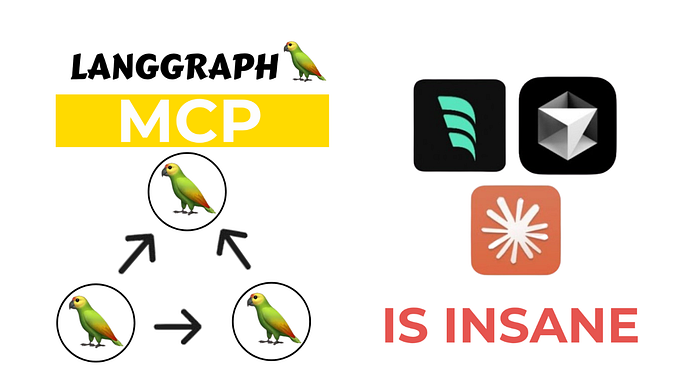OpenAI’s New ChatGPT Might Be The First Good Chatbot
After years of overpromising and underdelivering, chatbots are turning a corner.

A chatbot that meets the hype is finally here. On Thursday, OpenAI released ChatGPT, a bot that converses with humans via cutting-edge artificial intelligence. The bot can help you write code, compose essays, dream up stories, and decorate your living room. And that’s just what people discovered on day one.
ChatGPT does have limits, some quite annoying, but it’s the first chatbot that’s enjoyable enough to speak with and useful enough to ask for information. It can engage in philosophical discussions and help in practical matters. And it’s strikingly good at each. After years of false hype, the real thing is here.
“This is insane,” said Shopify CEO Tobi Lutke upon seeing the bot’s early interactions.
The most immediate ChatGPT application is assisting human creativity. Its technology builds on recent AI breakthroughs — OpenAI’s GPT-3 is a leader in large language model applications — but its conversational interface makes workshopping speeches and blog posts much easier. I’ve already had ChatGPT write a full-length version of this article, with a much darker outlook. And after I asked it to write a TED Talk extolling sitting, it prepared a six-part outline (1. Sitting has a bad reputation 2. But there are health benefits. etc.) that you could easily imagine hearing on the TED stage.
Others are similarly using ChatGPT to help stretch their minds before presentations and writing. While its output is not the final product they’re after (most often), it’s a helpful sketch of possibilities to incorporate. Financial Times journalist Dave Lee, for instance, had ChatGPT outline an interview about clean energy. He was impressed. “Prepping for an on-stage interview tomorrow, in a subject area I don’t typically cover,” Lee said. “This kind of tool is just 👌”
ChatGPT might also be useful for search, but not exactly like modern-day search engines. Its knowledge base ends in 2021, so it’s useless for current-day queries. But it can deliver tutorials and travel tips, replacing some of what you might get from Google. If the bot were to start crawling the web, it could be a competitive threat to search engines (as many noted on Twitter). So it’s no wonder why Google has been so insistent on making chat core to its future.
Then there’s the fun part. ChatGPT can write poems, tell jokes (often terrible), get philosophical, and debate political issues. Unlike some of its more benign predecessors, it will actually take stances. When I asked what Hitler did well (a typical test to see if a bot goes Nazi), it refused to list anything. Then, when I mentioned Hitler built highways in Germany, it replied they were made with forced labor. It was impressive, nuanced pushback I hadn’t previously seen from chatbots.
ChatGPT has its flaws. AI professionals have tricked it into discarding some safety guardrails, mostly via shortcuts. It’s also produced some glaringly wrong answers. It admits people can use it to produce misinformation. It’s struggled to remain up due to overwhelming demand. And it won’t take the bait on various questions about current events, including the FTX debacle.
That said, we’ve come a long way from the early days of the Chatbot hype wave. Not long ago, Facebook promised these bots would be its next big platform, Microsoft pitched them as fun companions, and others raced to claim credit for leading the revolution. But these chatbots were so bad that people stopped using them.
With ChatGPT, we’re witnessing a significant advance in public, conversational AI. This opens the door for a new wave of chatbot innovation, perhaps the kind many hoped for but failed to materialize. At least until now.










